Contributor: Arjan Singh
Work and Life is a radio program hosted by Stew Friedman, director of the Wharton Work/Life Integration Project, on Sirius XM’s Channel 111, Business Radio Powered by Wharton. Every Tuesday at 7 pm EST, Stew speaks with everyday people and the world’s leading experts about creating harmony among work, home, community, and the private self (mind, body, and spirit).
On Work and Life, Stew Friedman spoke with Dave Asprey, a Silicon Valley investor and technology entrepreneur who spent a couple of decades and $300,000 to hack his own biology. He’s lost 100 pounds without counting calories or excessive exercise, used techniques to upgrade his brain by more than 20 IQ points, and he has lowered his biological age by learning to sleep more efficiently in less time. This transformed him into a better entrepreneur, husband and father. He’s the Founder and CEO of Bulletproof, a company focused on teaching people how to upgrade their performance in every aspect of their life.
The following are edited excerpts of their conversation.
Stew Friedman: You were a very successful person when I first met you, over a decade ago, when you were a student here at Wharton. You decided, though, that you wanted to make some dramatic changes in your life. What was the spark? Why and then how did you make significant changes in your own life and body?
Dave Asprey: 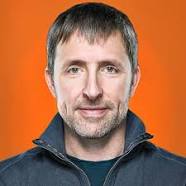 You actually get some of the credit for that spark. I took your Total Leadership class. I was already working on upping my brain and I recognized that I was obese. I had already lost a lot of weight before I met you. I lost half the weight that I wanted to lose. It was interesting to understand that I needed to get my brain working right in order to get the spiritual and emotional things that we are capable of when we are performing really well. And what happened when I was in your Total Leadership class is that you encouraged a type of quantification, a measurement. I was focusing on my weight, how much was I eating, my IQ, my reaction time, and what I could do for those variables. But I never looked at investment return on the time and energy that I put into things. And it was your framework that said “if you’re spending a lot of energy in a particular area and you’re not getting results, maybe you shouldn’t do that.” And that made me start looking at how can I make this easier instead of just how can I get this done. It is that sense of ease and ability to not just do it with struggle and striving and just working really hard but to do it with a little bit of effortlessness and joy. That has become a big part of me becoming successful as a human being and bio-hacker.
You actually get some of the credit for that spark. I took your Total Leadership class. I was already working on upping my brain and I recognized that I was obese. I had already lost a lot of weight before I met you. I lost half the weight that I wanted to lose. It was interesting to understand that I needed to get my brain working right in order to get the spiritual and emotional things that we are capable of when we are performing really well. And what happened when I was in your Total Leadership class is that you encouraged a type of quantification, a measurement. I was focusing on my weight, how much was I eating, my IQ, my reaction time, and what I could do for those variables. But I never looked at investment return on the time and energy that I put into things. And it was your framework that said “if you’re spending a lot of energy in a particular area and you’re not getting results, maybe you shouldn’t do that.” And that made me start looking at how can I make this easier instead of just how can I get this done. It is that sense of ease and ability to not just do it with struggle and striving and just working really hard but to do it with a little bit of effortlessness and joy. That has become a big part of me becoming successful as a human being and bio-hacker.
SF: How did you create that sense of ease or joy in the process of taking care of yourself?
DA: We have this model that I wrote about in my recent book The Bulletproof Diet. The easiest way to explain it is to think about a Labrador Retriever, a big sloppy dog, and if you look at a three behavior set a dog has, those are behaviors that we have.
One, if something comes in front of our vision then we’re either attracted or scared by it and want to run away. This is a good survival behavior. It’s kept us from getting eaten by tigers and ensures we find interesting stuff. But it might distract us when we want to stay on task.
And then we have this other survival behavior which is eat anything so we don’t starve. And it keeps us from starving, but it doesn’t work if it is getting in our way. That Labrador will eat something even if it makes it sick or even if it gets obese. And these are instincts that fuel us, too.
And the final thing has to do with reproduction of species. The dog sees a leg and it wants to mate with that leg. These three human behaviors can cause an enormous amount of stress and struggle. And the one that I found was most pernicious was food. Because if you’re eating stuff that makes you constantly just a little bit hungry – or even worse, “hangry,” the combination of hunger and anger.
SF: Hangry? What does that mean in terms of how it affects work and life?
DA: When you get hungry that “Labrador” in your body starts to get growly and then you treat people unkindly. To get past that, using willpower, comes at a cost.
Your willpower is a finite resource and you don’t want to waste willpower on being hungry all the time. You don’t want to waste willpower on doing things that are really hard for you, especially if they are things that are easy for someone else. So for me I made a resolution that I was going to spend my energy on things that I was really good at, or uniquely good at. And I would take the things that either did not bring me joy, things that were more difficult than they should be, and I would find someone who enjoyed them or was just better at them than I was and I would work with them.
I don’t try to address my weaknesses. I try to fill them in with partners.
SF: Can you give an example of that?
DA: Even though I did go to Wharton, finance to me is like Valium; it knocks me out. I don’t like accounting and I don’t like finance. So I hired a kick-ass Chief Financial Officer instead of pouring extra effort into that when I would’ve gotten sub-par results anyway. And it’s the same reasoning you teach in Total Leadership. If you’re putting effort into this and you’re getting very little return, then you need to change your technique put in less effort. It’s a relatively simple example; hire a good CFO. But if I was weak at marketing and strong at finance, I would hire a Chief Marketing Officer.
SF: It’s really about knowing what your strengths are – what you’re good at and what you enjoy – and knowing where you should invest.
DA: Exactly. It is easy to do the things you’re good at, and like, and it’s fun.
SF: How did this apply to your diet? And how did that affect your career?
DA: I spent seven weeks of my life with electrodes glued to my head doing advanced neurofeedback in a program called 40 Years of Zen. It teaches you byusing a lie detector when your body is perceiving something that you believe or don’t believe. It’s an advanced form of meditation.
SF: Your focus on getting data that helps you learn is inspiring.
DA: During this time, it gave me a very keen awareness of the inner dialogue that we all have. It’s different for each of us, but we all have this inner voice in our heads. What I learned was that every time someone put a bagel, a cookie, or a piece of candy in front of me, there was an immediate response – almost like a knee jerk reaction – that said “Eat that.” And I would tell myself “No, don’t eat that.” It’s the same as when you train a dog. You tell the dog “Don’t eat that” and the dog says “No.”
If you eat in such a way that induces food cravings, then you will feel that those cravings are hunger. But every time there is food, you will use your willpower that should be going into making yourself an awesome life, making yourself good at your work, or good at what ever that matters to you and you’ll apply it to telling yourself not too eat that hamburger or whatever it is. Since willpower is a finite resource, there is willpower fatigue, there is decision making fatigue – like muscle fatigue.
Why would I waste muscle on basically telling myself no to something?
The breakthrough was figuring out that there are things you can do by either avoiding causes of food cravings or by fueling the body properly so when someone sets that bagel or cookie in front of you, it doesn’t register and your body doesn’t tell you “Eat that” and you don’t have to tell it “No” because you are actually satisfied by your diet.
SF: What are the keys to a high performance lifestyle?
DA: Number one: meditate. There are so many ways to meditate. You can just do deep breaths, you can take a class on meditation, or you can do the neurofeedback way that I have done. Find a way to meditate and use technology to do it faster.
Number two: don’t sleep too much. More sleep is not better or worse. It’s just more sleep. People who live the longest sleep six and a half hours a night. That doesn’t mean you should sleep less. It means that people that are healthy need less sleep and that’s why they are living longer. Get healthier, you will need less sleep and you will free up extra time every day.
Number three: don’t over-exercise. People who listen to your show, people who are high performers are naturally driven to do things that are supposed to make them stronger, better, and faster. When I weighed 300 pounds, I exercised 90 minutes a day, six days a week for almost two years and I didn’t lose the weight. The reason was that over-exercise is just as bad as under-exercise. You can get four or five hours a week of productive time back by exercising more intelligently, by doing it intensely for short periods once or twice a week instead of doing it for long periods every day.
SF: Where would you advise listeners to start?
DA: There are two easy places. The first one is the Bulletproof Diet Book explains all of these bio-hacks, including this psychology of willpower and food and how that willpower bleeds over into your business performance and your life performance. That book is a condensed version of the quarter million words or so that I have written on the Bulletproof Blog.
That said, on the Bulletproof Blog homepage, there’s a get started link that gives you basic things to do. The whole point of Bulletproof is not to be perfect, not to do everything. It’s about choice. If we can help you understand on a roadmap that choice A leads you to slightly better performance than does choice B, then just make choice A. And the difference in your overall performance can be profound.
SF: What’s in store and on the horizon?
DA: The Bulletproof Coffee Shop in Santa Monica, California is slated to open in May. We are hiring for that. The rest of the Bulletproof team is virtual and we are hiring for that, as well. It is a good sized company and we have people all over the west coast who work from home, which is a new model there. In May, a documentary called Moldy will be released. This is about a very common source of what I call Kryptonite – things that make us weak that we don’t know about in our environment. And we are going to open more coffee shops and continue producing content, especially about things affecting 100 million people that they don’t know about.
To learn more about Dave Asprey, please check out Bulletproof and follow him on Twitter @bulletproofexec
Join Work and Life next Tuesday at 7 pm on Sirius XM Channel 111. Visit Work and Life for a full schedule of future guests.
About the Author
Arjan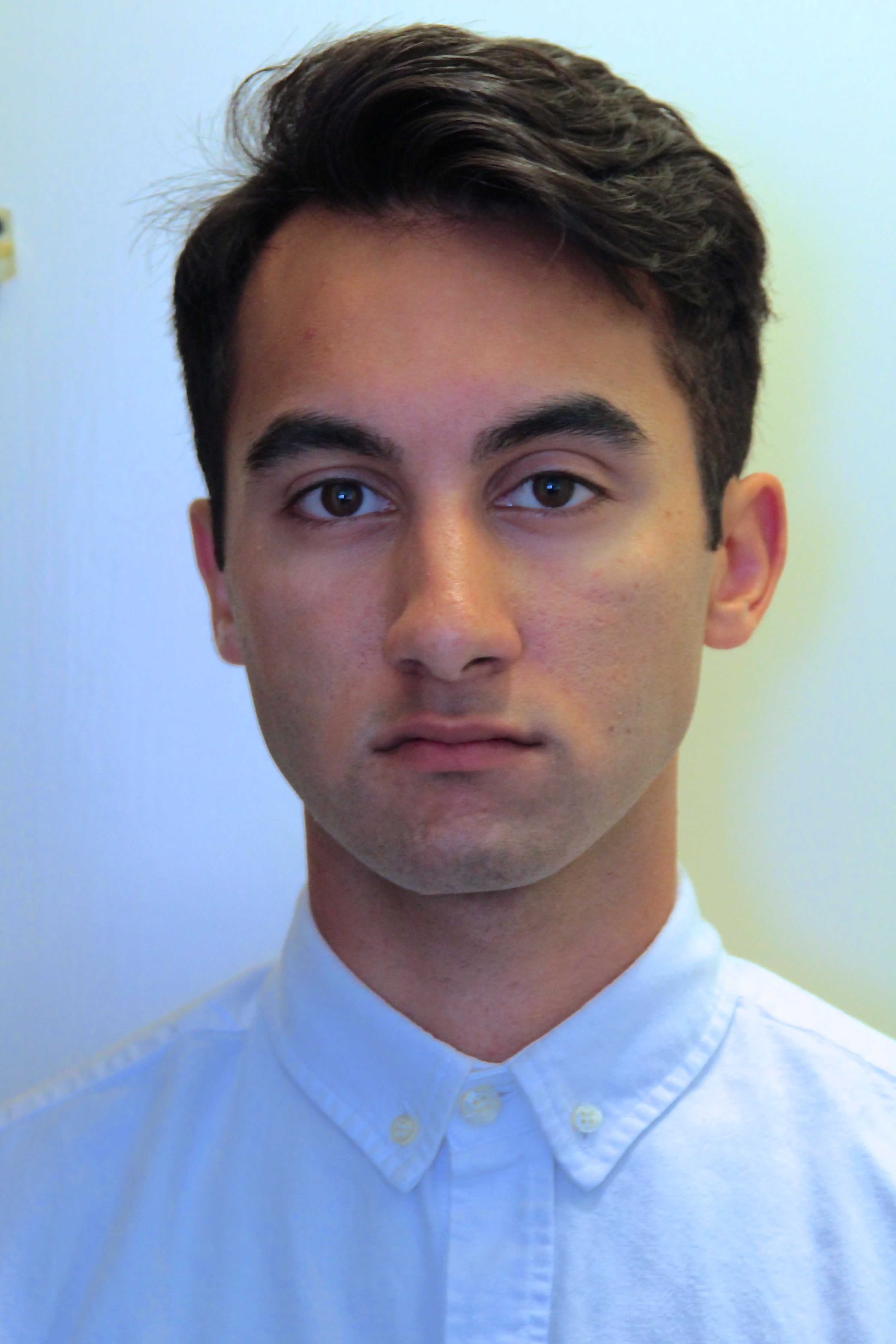 Singh is an undergraduate junior at the Wharton School.
Singh is an undergraduate junior at the Wharton School.
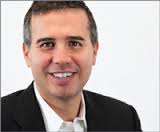 Let’s get into some examples. One that’s been fun at Vynamic is what we call “Zmail”. The Z stands for catching some z’s – catch some sleep. It’s an email HR policy at Vynamic where we ask that everyone on the team does not spend any time on email during Zmail hours — 10 p.m. to 6 a.m. Some people think that’s shocking – like how late 10 PM is and other people think what’s the big deal, shouldn’t we be sleeping then anyway? And the other big part of this policy is no emails over the weekend. Now if something urgent does comes up, we’ll take care of it by special exception and prior arrangement.
Let’s get into some examples. One that’s been fun at Vynamic is what we call “Zmail”. The Z stands for catching some z’s – catch some sleep. It’s an email HR policy at Vynamic where we ask that everyone on the team does not spend any time on email during Zmail hours — 10 p.m. to 6 a.m. Some people think that’s shocking – like how late 10 PM is and other people think what’s the big deal, shouldn’t we be sleeping then anyway? And the other big part of this policy is no emails over the weekend. Now if something urgent does comes up, we’ll take care of it by special exception and prior arrangement. is an undergraduate freshman in the Vagelos Program in the Life Sciences and Management at the University of Pennsylvania.
is an undergraduate freshman in the Vagelos Program in the Life Sciences and Management at the University of Pennsylvania.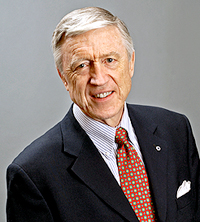 There’s an easy answer to that question Stew. I wrote my dissertation a little more than 30 years ago when I was a doctoral student at Cornell University. I was in a program in organizational studies, and serendipitously a faculty member with whom I was working closely got a big grant from the National Institute of Health to study the diffusion of innovations to hospitals. That was a project that I was fortunate enough to be involved in. I actually wrote my dissertation on data we collected from that study, and it turns out, at least in my case, that you become what you write. I started writing more about hospitals and innovation, and invitations to speak and consult and so on began to emerge from that. There was a bit of a tipping point there, where the kind of opportunities that were coming my way were largely in healthcare, and so I ultimately picked up that ball and ran with it.
There’s an easy answer to that question Stew. I wrote my dissertation a little more than 30 years ago when I was a doctoral student at Cornell University. I was in a program in organizational studies, and serendipitously a faculty member with whom I was working closely got a big grant from the National Institute of Health to study the diffusion of innovations to hospitals. That was a project that I was fortunate enough to be involved in. I actually wrote my dissertation on data we collected from that study, and it turns out, at least in my case, that you become what you write. I started writing more about hospitals and innovation, and invitations to speak and consult and so on began to emerge from that. There was a bit of a tipping point there, where the kind of opportunities that were coming my way were largely in healthcare, and so I ultimately picked up that ball and ran with it.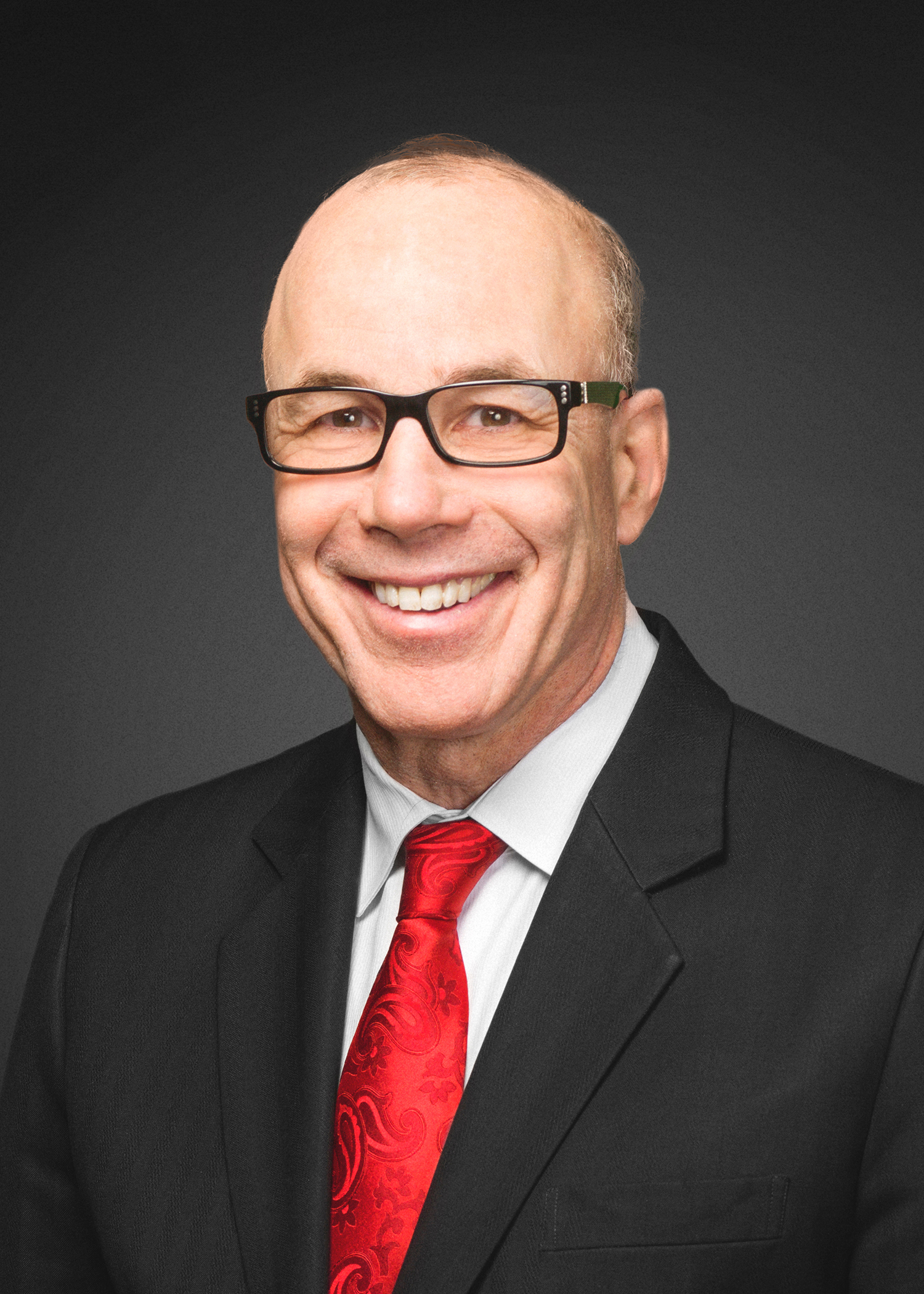 Part of what we’ve done in healthcare is focus on the past. Think about everything you can do as a consumer online. The Friday after Thanksgiving you can be in your pajamas watching Game of Thrones and do all your holiday shopping. But if you have a stomachache can you put “stomachache” on your iPhone and get an appointment with a doctor?
Part of what we’ve done in healthcare is focus on the past. Think about everything you can do as a consumer online. The Friday after Thanksgiving you can be in your pajamas watching Game of Thrones and do all your holiday shopping. But if you have a stomachache can you put “stomachache” on your iPhone and get an appointment with a doctor?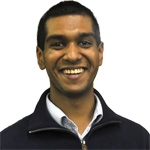 is an undergraduate junior at Wharton and in the Engineering School.
is an undergraduate junior at Wharton and in the Engineering School.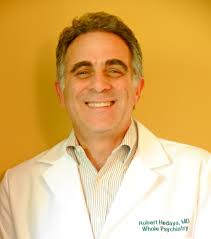 The short answer is that back in about 1983 or so when I first went into practice, I had a patient who was a 50-year-old woman. She had one child and a marriage that wasn’t so good, and her child was going off to college. She started having panic attacks, and I thought she was anxious about having to live with her husband or leaving her husband. I went through a series of standard treatments over the course of a year. Nothing worked – not therapy, not various medications, not cognitive behavioral therapy. I went back to the drawing board. I looked at her labs and saw that the size of her red blood cell count was a little bit larger than the upper limit of normal. I did a little research and found out that it could be a B12 deficiency. I gave her a B12 injection, and her panic attacks cleared up overnight. I was blown away. And I thought, “Gee, this is important. I wonder what else I’m missing. What else wasn’t I taught, and what didn’t my teachers know?” I eventually figured out that it is essential to remember that the head is connected to the body by the neck. I learned all the different interactions between the body and the mind and ultimately how the mind is really influenced by every level of our environment.
The short answer is that back in about 1983 or so when I first went into practice, I had a patient who was a 50-year-old woman. She had one child and a marriage that wasn’t so good, and her child was going off to college. She started having panic attacks, and I thought she was anxious about having to live with her husband or leaving her husband. I went through a series of standard treatments over the course of a year. Nothing worked – not therapy, not various medications, not cognitive behavioral therapy. I went back to the drawing board. I looked at her labs and saw that the size of her red blood cell count was a little bit larger than the upper limit of normal. I did a little research and found out that it could be a B12 deficiency. I gave her a B12 injection, and her panic attacks cleared up overnight. I was blown away. And I thought, “Gee, this is important. I wonder what else I’m missing. What else wasn’t I taught, and what didn’t my teachers know?” I eventually figured out that it is essential to remember that the head is connected to the body by the neck. I learned all the different interactions between the body and the mind and ultimately how the mind is really influenced by every level of our environment. Andrea Yeh is an undergraduate junior majoring in Operation and Information Management and in International Relations.
Andrea Yeh is an undergraduate junior majoring in Operation and Information Management and in International Relations.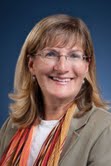 Several colleagues and I were talking about how much we loved our work and how meaningful it was, but also that it’s the type of job that is never ending; there’s always something to be done. We wondered how we could avoid burnout, but still be on the cutting edge. What we’ve found is that people thrive in their work when they feel energized, have vitality, feel alive at work, and feel as though their learning, growing, getting better.
Several colleagues and I were talking about how much we loved our work and how meaningful it was, but also that it’s the type of job that is never ending; there’s always something to be done. We wondered how we could avoid burnout, but still be on the cutting edge. What we’ve found is that people thrive in their work when they feel energized, have vitality, feel alive at work, and feel as though their learning, growing, getting better.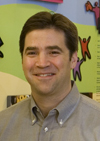 Over the years we’ve been committed to shining a light on issues facing working families, and from time to time we do studies like this. The goal with the Modern Family Index was to test where’s people’s attitudes are – in 2014 – about how employees think about these work and life issues. The survey produced some really interesting information.
Over the years we’ve been committed to shining a light on issues facing working families, and from time to time we do studies like this. The goal with the Modern Family Index was to test where’s people’s attitudes are – in 2014 – about how employees think about these work and life issues. The survey produced some really interesting information. Meaghan Casey is an MBA candidate WG’15.
Meaghan Casey is an MBA candidate WG’15.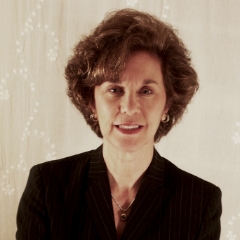 It began with my son. He developed some educational challenges. I was an HR (Human Resources) executive at the time and I found that I needed more flex options than those that were available in order to attend to my son’s needs. I had to make a choice. And no parent should have to make a choice between their professional career and their child.
It began with my son. He developed some educational challenges. I was an HR (Human Resources) executive at the time and I found that I needed more flex options than those that were available in order to attend to my son’s needs. I had to make a choice. And no parent should have to make a choice between their professional career and their child.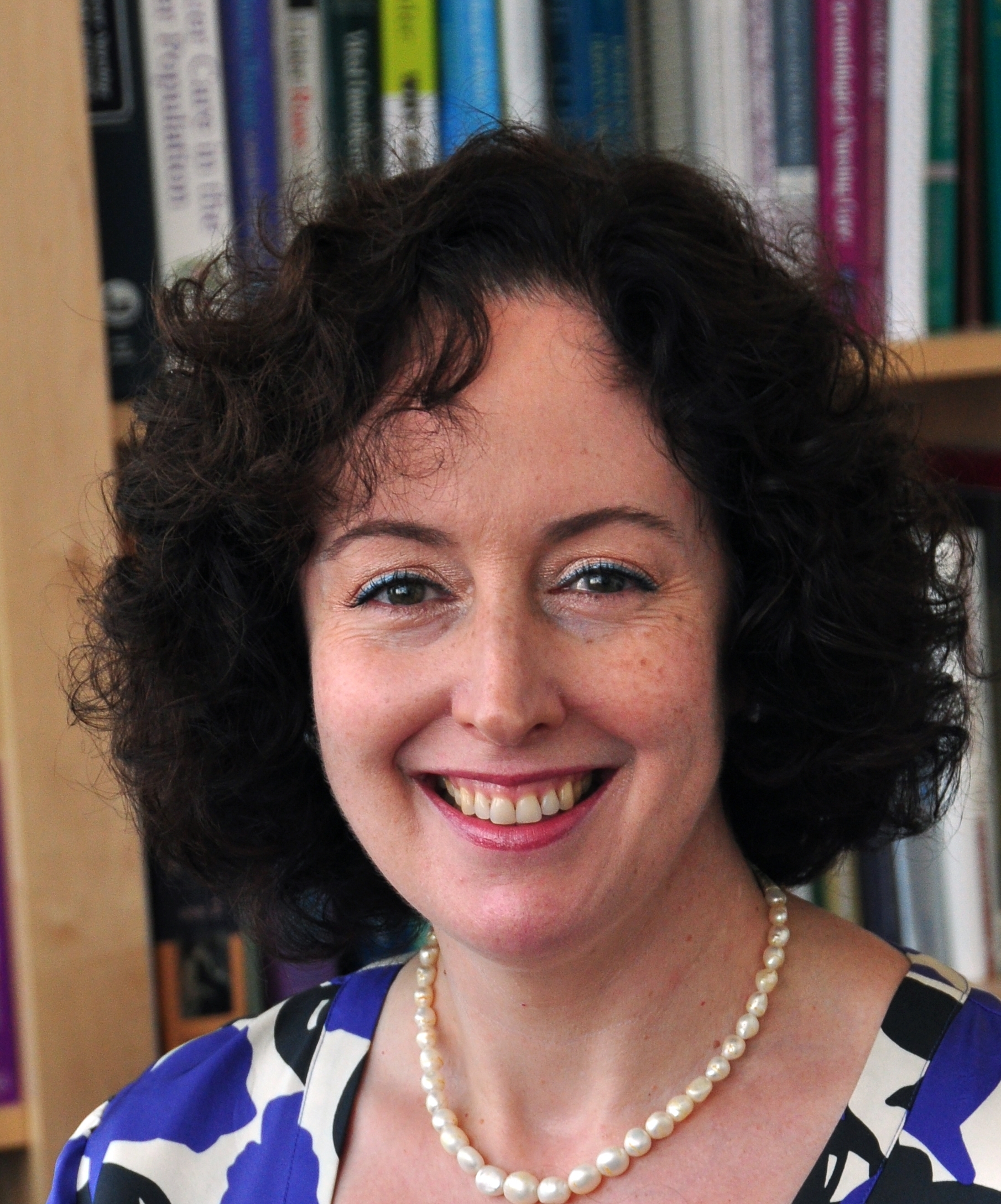 We’re seeing a big demographic shift. We’re becoming much older as a society and all sorts of things cascade from that. Your example of midlife women having to make choices about career and family responsibilities.
We’re seeing a big demographic shift. We’re becoming much older as a society and all sorts of things cascade from that. Your example of midlife women having to make choices about career and family responsibilities.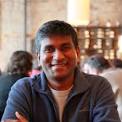 Broadly, our mandate is to make sure that all the people decisions we make at Google are based on good data and information. An organization our size makes thousands of people decisions every year – who we should hire, who we should promote, how we should pay people. In a lot of cases, it seems like those decisions are based on emotions, instinct, or perhaps politics; we want to try and make them more rigorous. At Google we are all about innovation and we believe that innovation comes from the smart, talented Googlers we hire. Therefore, we think that people decisions are no less important than any other business or product decisions we make so we want to base those decisions on data.
Broadly, our mandate is to make sure that all the people decisions we make at Google are based on good data and information. An organization our size makes thousands of people decisions every year – who we should hire, who we should promote, how we should pay people. In a lot of cases, it seems like those decisions are based on emotions, instinct, or perhaps politics; we want to try and make them more rigorous. At Google we are all about innovation and we believe that innovation comes from the smart, talented Googlers we hire. Therefore, we think that people decisions are no less important than any other business or product decisions we make so we want to base those decisions on data. Liz Stiverson received her MBA from The Wharton School in 2014.
Liz Stiverson received her MBA from The Wharton School in 2014.